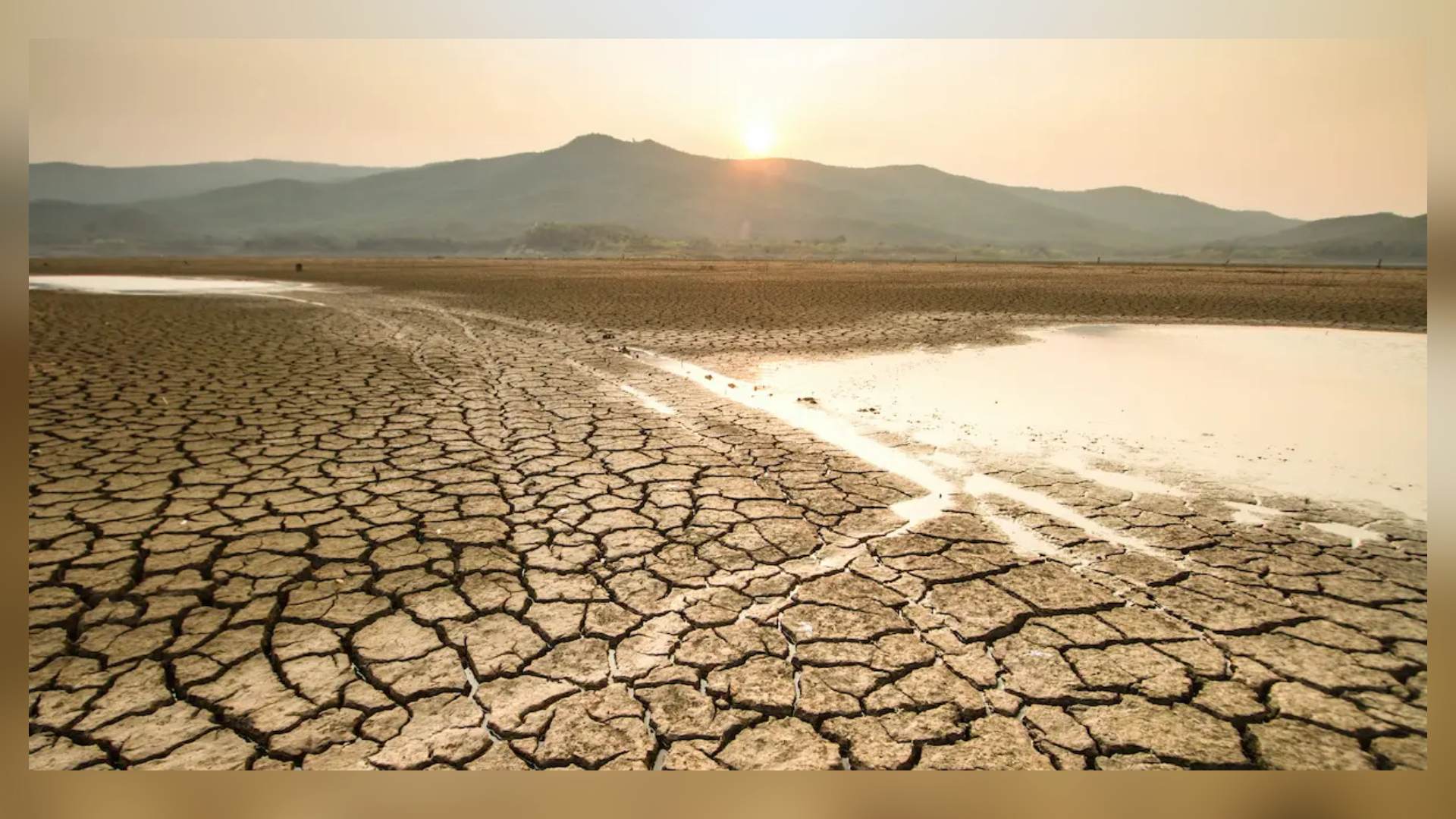Climate change and the subsequent Temperature rise is one of the major issues that we face today, and March marked the tenth consecutive month in which Earth set a new monthly record for global heat. This consists of both air and global ocean temperatures that are hitting an all time high for the month as per industry reports. The rise in temperature is worrisome as it has surpassed the global threshold limit of temperature rise as per the 2015 Paris agreement which was set at 1.5 degree Celsius, since the pre industrial levels. This comes amidst rising cases of heatwaves all across the globe.
Current Scenario
In March 2024, the average temperature stood at 14.14 degrees Celsius, surpassing the previous record set in 2016 by a tenth of a degree, as indicated by data from Copernicus. Moreover, this figure reflects a significant increase of 1.68 degrees Celsius compared to temperatures recorded in the late 1800s, which serves as the baseline before the rapid escalation in fossil fuel consumption. Since last June, the planet has consistently broken heat records each month, with marine heat waves spreading across extensive areas of the Earth’s oceans playing a significant role in this trend.
In recent developments, Bengaluru in the state of Karnatka, is facing an acute and severe water crisis, Bengaluru relies primarily on two water sources – the Cauvery river and groundwater – for its water supply. Recycled water from sewage treatment plants is predominantly utilized for non-drinking purposes. However, due to the prolonged absence of rain, the main water sources are under immense strain. The city requires 2,600-2,800 million litres of water daily, but the current supply meets only half of this demand, leading to a daily struggle for residents. Due to decrease in rainfalls and increased strain on primary sources of water there is also depletion in the ground water which is not being replenished.
#WATCH | Bengaluru, Karnataka: People in areas like Whitefield, Mahadevpura and RR Nagar face drinking water shortages pic.twitter.com/UvqtKMFZws
— ANI (@ANI) February 25, 2024
Scientists Take On The Issue :-
The El-Nino Effect
These record breaking high temperatures do not come as a surprise as the scientists had anticipated the development of El-Nino in the central Pacific ocean. El-Nino is a phenomena where the trade winds weaken. Warm water is pushed back east, toward the west coast of the Americas. Under normal conditions in the Pacific Ocean, trade winds blow westward along the equator, transporting warm water from South America towards Asia. This change in the pattern of global trade winds have a lasting impact on economies all over the world as it brings changes to the agricultural patterns of many Asian economies which are mostly agriculture intensive.
Although the Woodwell Climate Research Center scientist Jennifer Francis expressed that, “But its combination with the non-natural marine heat waves made these records so breathtaking,”.
The Real Cause
Climate scientists primarily attribute the record heat to human-caused climate change resulting from the emissions of carbon dioxide and methane, primarily generated by the burning of coal, oil, and natural gas. “The trajectory will not change until concentrations of greenhouse gases in the atmosphere stop rising,” Ms. Francis said, “which means we must stop burning fossil fuels, stop deforestation, and grow our food more sustainably as quickly as possible.” Until then, expect more broken records, she said.
Are We Heading In The Wrong Direction?
According to Copernicus data, despite the goal set by the 2015 Paris Agreement to limit warming to 1.5 degrees Celsius above pre-industrial levels, the Earth has now encountered 12 consecutive months with average monthly temperatures surpassing this threshold by 1.58 degrees Celsius. During March, the global sea surface temperature averaged 21.07 degrees Celsius (69.93 degrees Fahrenheit), marking the highest monthly value on record and slightly surpassing the previous recorded temperature in February. These changes in global sea levels bring an unprecedented variations in global rainfall patterns and in-turn raises temperature due to uneven distribution of rainfall.
India and Climate Change
In this Global crisis India has taken several steps to minimize the temperature rise and adhere to the limit set-up by the Paris Agreement. On August 3, 2022, chaired by Prime Minister Narendra Modi , the Union Cabinet approved the revised Nationally Determined Contribution (NDC) to be submitted to the United Nations Framework Convention on Climate Change (UNFCCC) as part of the Paris Agreement. This move aligns with India’s commitment to achieving net zero emissions by 2070, as outlined in the Panchamrit (five nectar elements) – India’s climate change action plan announced during COP 26 in Glasgow, United Kingdom.
India is also determined to move its focus to “Clean Energy” and use of non-fossil fuel power generation. India has set a target of reaching 500 GW of renewable and clean energy by the year 2030. By 2030, India aims to achieve the following ambitious targets: fulfilling 50% of its energy requirements through renewable energy sources, reducing total projected carbon emissions by one billion tons compared to present levels, and decreasing the carbon intensity of the economy by 45% from 2005 levels.
Ahead of schedule, India has successfully achieved two significant milestones as per the Nationally Determined Contributions (NDC). As of October 31, 2023, the cumulative installed capacity of electric power from non-fossil fuel-based energy sources stands at 186.46 MW, accounting for 43.81% of the total cumulative electric power installed capacity. Additionally, according to India’s third national communication submitted to the UNFCCC in December 2023, the emission intensity of its GDP has been reduced by 33% between 2005 and 2019.
Therefore it is time for the global communities to take immediate and drastic steps to commit to the standards set by the Paris Agreement. As the temperatures rise it brings in difficulty for economies all over the world as it affects our production and trade relations as well as it puts unnecessary stress on the already existing primary natural recourses, thus a well devised plan and a global action is necessary.






















